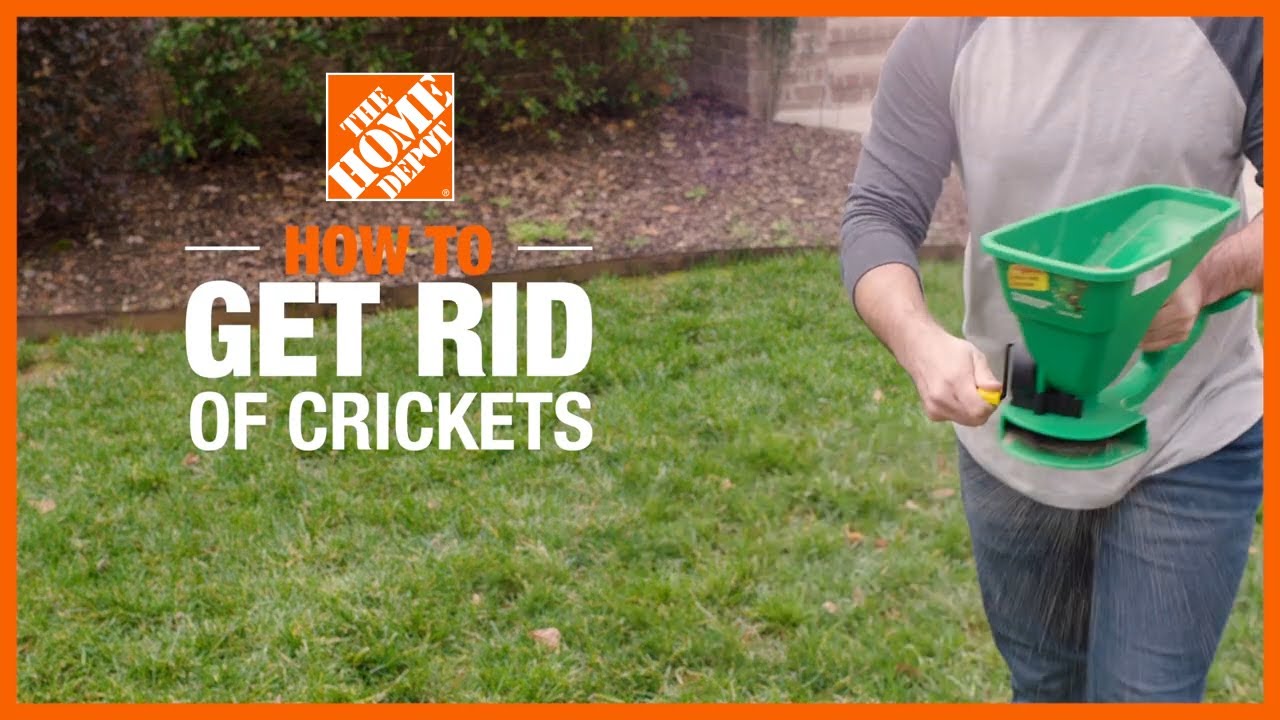Introduction
Crickets can be charming with their rhythmic chirping, but when they invade your garden, they quickly become a nuisance. These insects can damage plants by feeding on leaves, stems, and seedlings, which affects the overall health of your garden. Managing cricket populations is essential for maintaining a thriving outdoor space. This article explores proven, expert-backed methods to get rid of crickets in your garden effectively and sustainably.
Understanding Crickets and Their Impact on Gardens
What Are Crickets?
Crickets are nocturnal insects known for their distinctive chirping sounds, primarily produced by males to attract females. They thrive in warm, moist environments and are attracted to gardens with dense vegetation and ample organic matter.
How Do Crickets Affect Your Garden?
Crickets feed on various parts of plants, including leaves, flowers, and young seedlings. Heavy infestations can lead to:
- Damage to foliage, causing holes and ragged edges
- Reduced plant growth due to feeding on tender stems
- Increased vulnerability to diseases and pests as damaged plants weaken
How to Get Rid of Crickets in Your Garden
1. Modify the Garden Environment
Crickets prefer moist, sheltered areas. Altering your garden conditions can discourage their presence.
- Remove debris and clutter: Clear piles of leaves, grass clippings, and stones where crickets hide.
- Improve drainage: Avoid overwatering to reduce dampness that attracts crickets.
- Trim dense vegetation: Prune overgrown shrubs and grass to minimize shelter.
2. Use Natural Predators and Biological Controls
Introducing or encouraging natural enemies can help control cricket populations.
- Birds: Attract insectivorous birds by installing feeders and bird baths.
- Lizards and frogs: Create habitats that support these natural cricket predators.
- Nematodes: Beneficial nematodes can be applied to soil to target cricket larvae safely.
3. Employ Organic and Chemical Treatments
When environmental adjustments aren’t sufficient, consider these options:
- Diatomaceous earth: Sprinkle around garden beds; it damages the exoskeleton of crickets, causing dehydration.
- Insecticidal soaps: Effective against soft-bodied insects and safe for most plants.
- Chemical insecticides: Use as a last resort, following label instructions carefully to minimize risks to beneficial insects.
4. Set Up Physical Traps and Barriers
Trapping can reduce cricket numbers effectively.
- Sticky traps: Place near plants to catch crickets.
- Homemade traps: A shallow dish filled with beer or molasses attracts crickets overnight.
- Barrier methods: Use fine mesh or garden fabric to protect vulnerable plants.
Preventing Future Cricket Infestations
- Regular garden maintenance: Keep your garden tidy and monitor for early signs of cricket activity.
- Plant selection: Choose less cricket-attractive plants like marigolds or garlic.
- Mulch management: Use coarse mulch to deter crickets from burrowing.
Conclusion
Getting rid of crickets in your garden requires a combination of environmental management, biological controls, and targeted treatments. By understanding cricket behavior and implementing these expert-recommended strategies, you can protect your plants and enjoy a healthy, vibrant garden. Start with simple habitat modifications and natural methods before considering chemical options to maintain ecological balance. Remember, consistent maintenance is key to preventing future cricket problems and ensuring your garden remains a thriving outdoor sanctuary.
